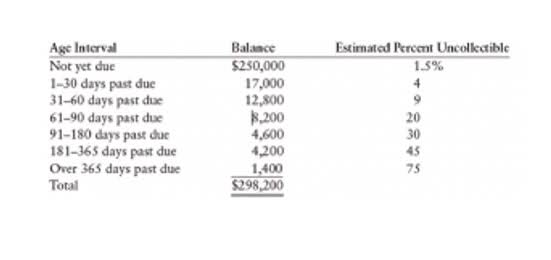
For instance, if a company holds stocks that have appreciated in value, the increase is retained earnings recorded as an unrealized gain. Conversely, if the value of these stocks declines, it is recorded as an unrealized loss. The nature and amount of each extraordinary item are separately disclosed so that users of financial statements can evaluate the relative significance of such items and their effect on the operating results. The difference between these two measures can be particularly significant in industries subject to high volatility or those with substantial international operations.
Deep Dive into Its Relevance for Businesses
Net income is the actual profit or gain that a company makes in statement of comprehensive income a particular period. Comprehensive income is the sum of that net income plus the value of yet unrealized profits (or losses) in the same period. A company’s income statement details revenues and expenses, including taxes and interest.
- This reflects the ongoing enhancements in financial reporting.
- Changes in the funded status of these plans, due to factors like actuarial gains or losses and changes in the fair value of plan assets, are included.
- These adjustments can arise from various factors, including changes in actuarial assumptions, such as life expectancy or discount rates, and the performance of pension plan assets.
- It is equal to revenues plus gains minus expenses and minus losses.
- Comprehensive income is a financial reporting measure that includes all changes in a company’s net assets over a specific period of time.
Foreign Currency Translation Adjustments

It should be understood clearly that what are major or central operations for one kind of enterprise are peripheral or incidental for another, and for some it may be difficult to know where to draw the line. For most businesses, gains and losses on the sale of company automobiles are incidental; for a car rental company they are central. The comprehensive income classification presents a more complete view of a firm’s income than can be found in a traditional income statement.
What’s Included

This matches the deep insights promised by comprehensive income. Like other publicly-traded companies, Ford Motor Company files quarterly and annual reports with the SEC. In its first quarter filing for 2023, it published its consolidated statements of comprehensive income, which combines comprehensive income from all of its activities and subsidiaries (featured below). Comprehensive income excludes owner-caused changes in equity, such as the sale of stock or purchase of Treasury shares. Comprehensive income provides a complete view of a company’s income, some of which may not be fully captured on the income statement. For the purposes of an Introduction to Financial Accounting class, this template incorporates all changes in equity balances.
- Unrealized gains and losses on investments are a fundamental component of comprehensive income, reflecting changes in the value of a company’s investment portfolio.
- For example, it accounts for changes in the fair value of certain financial assets, foreign currency translation adjustments, and unrealized gains or losses on certain types of investments.
- Other Comprehensive Income (OCI) includes unrealized income and investment gains and losses.
- Investors and analysts may also use comprehensive income to evaluate the performance of a company over time.
- So, it guides smarter investment strategies and asset management.
Comprehensive income Partnership Accounting is the variation in the value of a company’s net assets from non-owner sources during a specific period. Unrealized income can be unrealized gains or losses on, for example, hedge/derivative financial instruments and foreign currency transaction gains or losses. Other Comprehensive Income (OCI) includes unrealized income and investment gains and losses.

